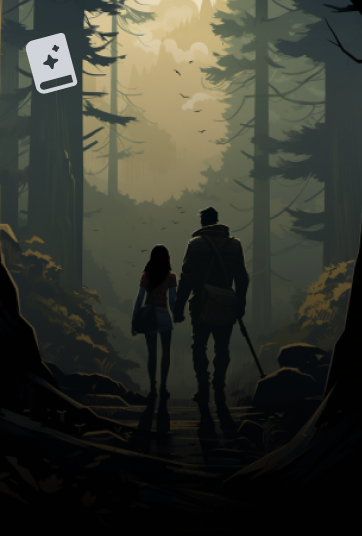
Shadows at Dawn

Shadows at Dawn
Shadows at Dawn
A Borderlands Massacre and the Violence of History
Ratings1
Average rating5
Copied from a review I wrote for class:
“Karl Jacoby's Shadows at Dawn is an attempt to make clear the events surrounding the Camp Grant massacre in Arizona in 1871. Jacoby describes the circumstances that led to the clash from the points of view of the four parties involved: the O'odham (the Papago), los Vecinos (the Mexicans), the Americans, and the Nṉēē (the Apache). Jacoby attempts to show how differences in point of view can alter how an event is portrayed and remembered. By examining the story from multiple points of view, Jacoby allows for a better understanding of the full story of a not well documented event.
“Shadows at Dawn is broken into three segments, each describing a different part of the story. The first section describes each group's involvement in the Arizona territory from the time first recorded, the second section is brief and describes the trial of the perpetrators, and the last section tells what happened to the involved parties afterwards. In breaking the events up this way Jacoby creates a coherent story of each group's involvement in the area over time.
“In relating the story of the Native Americans involved, Jacoby discusses the problems faced due to mostly oral traditions. He addresses this well though, by using the passed down oral stories and through the O'odham's calendar sticks, in addition to the written records of the outsiders to the groups. In relating the stories of the Mexicans and the Americans, the story is much easier to relate because of the prevalence of written records. Jacoby addresses the issues with written records that may not be truthfully recorded by comparing records of the same event from different sources within each group and by comparing them to those of other groups.
“Jacoby relates these events very well and his writing is very easy to follow. In each section Jacoby refers to things in that group's language; therefore, the same group of people can be referred to in different ways throughout the book: depending on the Apache referred to they are called the 'O:b in the O'odham's language, apaches mansos or apaches de paz in Spanish, Apache in English, and Nṉēē, Bāāchii in the Apache's own language. This can lead to some confusion at first, but is easily caught on. The only issue with using the various languages is that there is no pronunciation key anywhere in the book and so the reader can only guess.
“With the story there is little confusion. There are a few times of slight confusion of who is being referred to, and possibly some mixed up names in a few places, but this does not detract from the story. Jacoby's narrative is well told and easy to understand. He makes no real suppositions except where one might expect. There are a few instances where he may overestimate the importance of some events, but as the narrative expands, the importance makes sense. The importance of the Civil War and changing troops in Arizona seemed extreme at first, but by the end of the book, or even of the section, the importance becomes clear.
“In addition to depicting the events surrounding the Camp Grant massacre, Jacoby also manages to give insight into the issues surrounding Native American relations and the idea of reservations, as well as continuing issues of the strained relationship between Arizona and Mexico. Whether or not this was another goal of the book, it definitely sheds light on issues that still plague the United States.
“Overall Jacoby's story is well researched and well told. It provides great light on an event that is not well known. In general histories of the Native American populations are not often told in the history of the United States and Jacoby's book attempts to correct this in some small degree.”